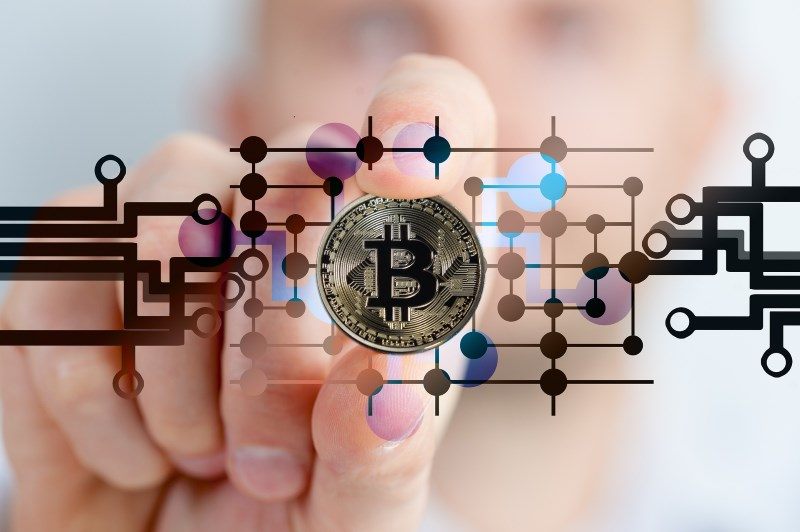Here is a simple introduction to give you a better idea of
history and basics of bitcoin which any layman can understand easily.
Table of contents
An introduction to
the history of bitcoin
1. 1998 –
Wei Dai a computer engineer from Washington first described the concept of
cryptocurrency to his mailing list called ‘Cypherpunks’. The Cypherpunks
mailing list was started in 1992. It was an active forum that discussed various
topics like mathematics, cryptography, computer science, politics, philosophy,
etc. Wei Dai suggested the idea of a new form of money that uses cryptography
to control its creation and transactions, rather than a central authority. He
is the creator of b-money and the developer of the crypto++ library.
2. 18 August 2008 – The domain name bitcoin.org was registered.
3. 31 October 2008 – A link to a paper authored by Satoshi Nakamoto titled ‘ Bitcoin: A peer-to-peer electronic cash system’ was posted to the mailing list ‘ Cypherpunks’.
4. January 3, 2009 - Bitcoin was introduced as open-source software in 2009 by pseudonymous developer Satoshi Nakamoto. To date, nobody knows who the real Satoshi Nakamoto is. Satoshi left the project in late 2010 without revealing much about himself. The project has been taken over by many developers working on bitcoin.
Bitcoin is digital money or a cryptocurrency because it uses
cryptography to control the creation and transfer of money. Bitcoin is the
first cryptocurrency in the world, which is produced and held electronically.
Bitcoin can be created via a free software application and can be transferred
anywhere across the internet. It is not issued or controlled by anyone. The
bitcoin network is a peer -to -peer network that runs on a decentralized, distributed self-clearing ledger called the block chain. Bitcoins are the unit
of currency that runs on the bitcoin network.
The acronym of bitcoin is BTC. The smallest unit is called a Satoshi.
They are used to store and send any amount of value among the network
participants residing anywhere in the world. Bitcoin can be sent or received
without the permission of a third party, a central bank or a government.
Bitcoin mining
The process of creating bitcoin is known as bitcoin mining.
Individuals and businesses create bitcoin running computers using software that
solves mathematical problems. The concept of bitcoin is very complicated for
the layman to understand, but the process of sending and receiving bitcoins is
not so complex. There is a limit on the availability of bitcoins. It is said
that only 21 million BTC can be produced and it will take until the year 2140
to reach this limit. There is nobody, including the central bank or the
government to control the mining, circulation, and transactions of the bitcoin
currency. All bitcoin transactions require two keys. One is a public key and
the other is a private or secret key. The keys contain a code made up of
numbers and letters. Only the person with the private key can unlock and
receive the bitcoin. This encrypted system is extremely secure and transactions
are only verified if the sender has the correct amount of bitcoin available.
Once verified, it is sent to the receiver, who unlocks and deposits it into
their account or wallet.
Any device with internet access such as a computer, smartphone, laptop, tablet, etc. can be used to
transfer bitcoins. There are many businesses that accept bitcoin as payments. If
you want to do payments with bitcoin you should have them stored in your
digital wallet. The process of payment is similar to online banking
transactions. You can have multiple bitcoin accounts or wallets. The person who
owns the private key is the owner of the bitcoin. The ownership of the bitcoin
cannot be changed without the permission of the person who owns the private
keys.
Is there a physical form of bitcoin?
Bitcoin is not a metallic coin and nobody mints it. In the
early days of bitcoin, physical “metallic” coins were minted by some
entrepreneurs. The coins themselves had no real value, but each one contained a
private key which held 1BTC on the network. Once the key is used the coin
becomes effectively worthless. You can buy coins from eBay that have bitcoin B
stamped on them. They are just bits of metal with bitcoin stamped on them. In
such cases, the value of the coin is the value of the metal used to make them.
